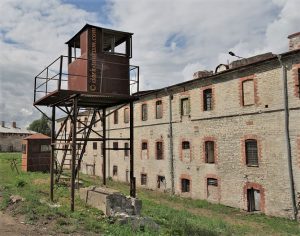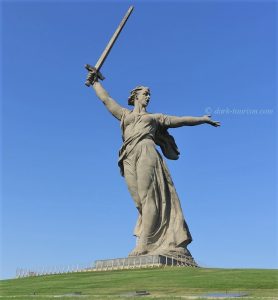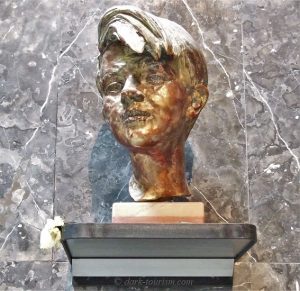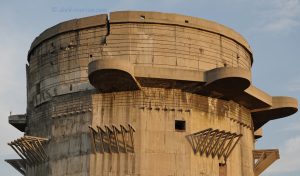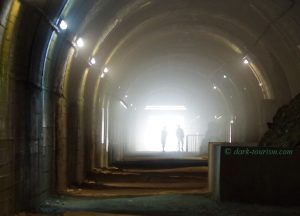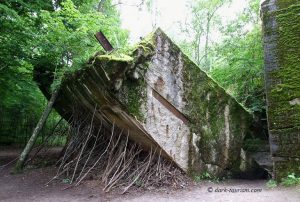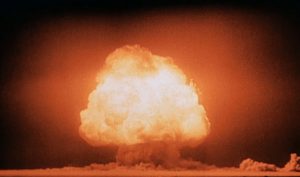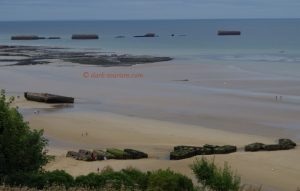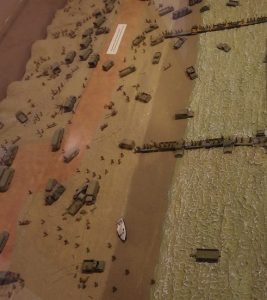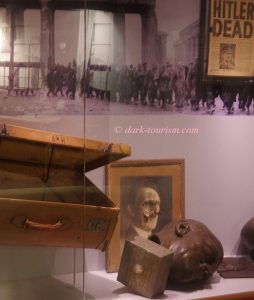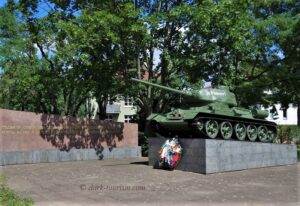
A Celebratory Day?
Yesterday was VE Day (‘Victory in Europe’) in the West, i.e. the anniversary of the end of WWII, when Nazi Germany unconditionally surrendered to the Allies in a ceremony culminating in signing of the relevant documents in Berlin in 1945 on that day 78 years ago today … or not? In the East, the date of this celebratory day is a day later, i.e. today, on the 9th of May (if you don’t know why there is this date discrepancy, see


